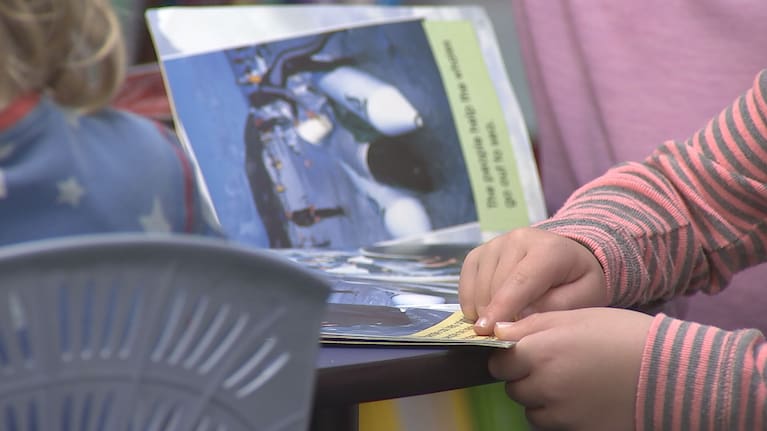Critics of the Government’s decision to phase out nearly all Māori words from early reader books are describing the move as damaging.
An education ministry report shows Minister Erica Stanford decided late last year to cut Māori words, except for characters’ names, from any new books in the Ready to Read Phonics Plus series.
Some of those words include puku (stomach), ka kite (goodbye) and ka pai (good).
Stanford says the decision will help children master English phonics, despite the ministry’s report saying there is “limited evidence” about the impact of using te reo and that expert opinion about the use of non-English words is “mixed”.
Dr Awanui Te Huia, associate professor at Victoria University of Wellington’s Māori studies department, Te Kawa a Māui, said the ministry is “creating damage” where there is an opportunity to normalise te reo which has “massive, positive impacts” on children’s learning.
She said there are a lot of outdated theories around the idea that when people learn a second language it’s at the expense of the first. She said the root of the issue comes from fear of what it meant to be monolingual.
“So the fear is actually stemmed from a misunderstanding by monolingual speakers about the positive impact of having more than one language, and translanguaging is a well-regarded method of teaching people how to engage in more than one language and we’ve seen multiple examples of how children and adults can freely go between multiple languages.”
Move between languages
She explains that translanguaging is the idea that speakers are able to move between languages.
“We can identify which language is appropriate for a particular context. We can also start to identify in text which language is being presented to us. So with repeated exposure, the child can actually grasp these concepts really readily. And the challenge here is that what the minister’s decision is doing is that it’s reducing the opportunity of our children to have this exposure, which is what they really need in order to be able to make these differentiations with the language.”
She added there was no evidence to suggest that children “in the right environment” would find it difficult to grasp the concepts.

The minister made notes on the report including one that said: “Interestingly – I asked kura leaders if they would accept English words in te reo Māori decodable books and they said no. So it would be consistent to keep one language only in very early Year 1 decodable books, except for names.”
When asked if the minister had a point, Te Huia dismissed the idea that the argument is the same.
“We are talking about the exposure. Our children are exposed to English language outside of the classrooms, every day, in multiple ways, and that’s just not the case in the reverse.
“So the fact that our kura are deciding not to have English text at that earlier age, that’s just an example of why we need to provide our children with environments where they are able to actually have that isolated experience, because we are flooded with English outside of these confined spaces.”
Tara Taylor Jorgensen, the Ministry’s general manager for strategy and integration, told Breakfast in a statement that as of August, it has released 78 books as part of the Ready to Read Phonics Plus series. Of these, approximately 30 books include kupu Māori.
The series reflects the diverse characters and contexts of Aotearoa New Zealand, ensuring that Māori students – and all learners – see themselves, their cultures, and their communities represented, Jorgensen said.
No other titles in the series have been changed.

